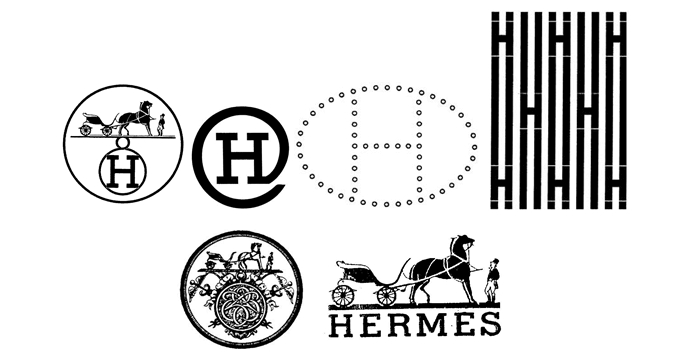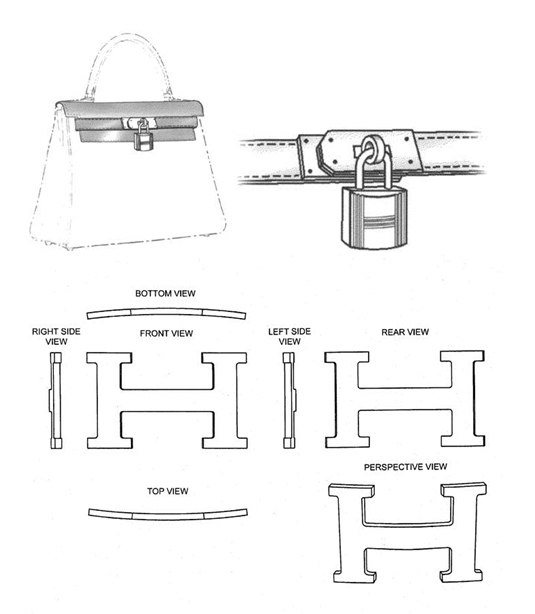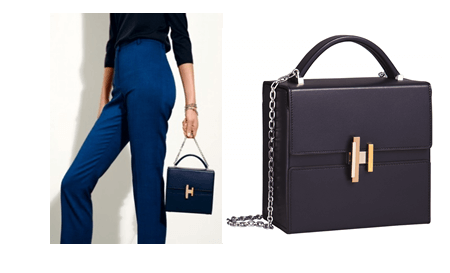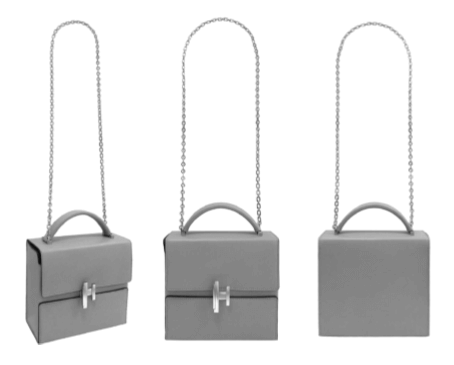In 2016, the global apparel market was valued at USD3 trillion and accounted for 2% of the world’s Gross Domestic Product[1]. According to the McKinsey 2017 State of Fashion report, if ranked alongside individual countries’ GDP, the global fashion industry would represent the world’s 7th largest economy[2]. In Australia, the market value of the fashion industry is estimated to be AUD28.5 billion [3]. Fashion is no doubt one of the most important industries for the world and Australia.
The fashion industry is extremely competitive. New and fresh designs are in constant demand. As Coco Chanel once said – “in order to be irreplaceable one must always be different.” A tremendous amount of intellectual capital is invested in the creation and marketing of fashion products. This is why some of the largest fashion houses fully utilise a variety of different IP tools in order to protect their intellectual property.
For instance, the French luxury brand Hermès uses the trade mark registration system to protect its portfolio of brands in both the plain word (HERMES) and logo forms, for example:

As well as in the form of non-conventional shape marks:

Other examples of non-conventional trade marks include the colour ‘Tiffany blue’:

…and of course Christian Louboutin’s red sole:

Aesthetic features of a product, such as the shape of a dress can be protected using the designs system. Below are examples of registered designs from Zimmermann’s portfolio:

Designs can also be used to protect the unique shape of an accessories item, such as a bag. For example, the new Hermes Cinhetic bag introduced in the Spring/Summer 2017 collection is registered as a design.

Example representations from Australia design no. 201711959:

In addition, designs and copyright also can provide protection for two-dimensional artistic works, such as a pattern applied to the surface of fabric or artwork applied to the surface of a clothing item.
Finally, the patent system may be used to protect functional and technical innovation in the fashion industry. For example, in the field of wearable technologies, the ZOZOSUIT[4] uses sensor technology[5] to provide body shape measurements for online shopping.
The above examples demonstrate some of the different IP protection tools available for the fashion industry. Strategic protection of IP assets could be critical in establishing and growing a market position for a fashion label that seeks to differentiate itself from its competitors by investing in creativity. When used appropriately, investing in IP protection can help attract investors, enhance the value of a business and facilitate commercial negotiations, particularly those involving licensing and franchising arrangements.
—
[1] https://fashionunited.com/global-fashion-industry-statistics
[2]https://www.mckinsey.com/~/media/mckinsey/industries/retail/our%20insights/the%20state%20of%20fashion/the-state-of-fashion-mck-bof-2017-report.ashx
[3] https://au.fashionunited.com/fashion-industry-statistics-australia
[5] https://www.stretchsense.com/article-resources/case-study/the-sensors-that-brought-you-zozosuit/

